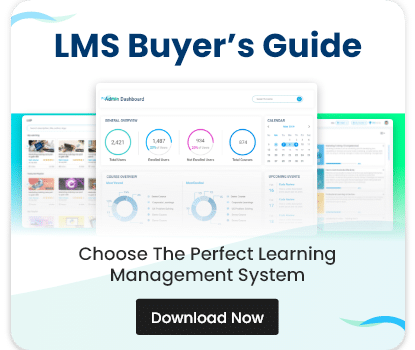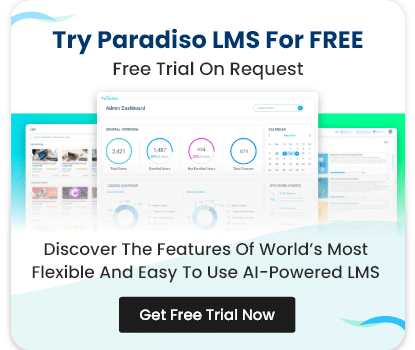What is salesforce integration?
A Learning Management System (LMS) is a software platform that facilitates the creation, management, and delivery of training content and educational courses. It helps organizations streamline their training processes, track learner progress, and ensure compliance. Salesforce is a leading customer relationship management (CRM) platform that helps businesses manage customer interactions, sales, and marketing efforts efficiently.
Salesforce LMS Integration is the seamless merging of a Learning Management System with the Salesforce CRM platform. This integration enables organizations to leverage their CRM data for personalized training and skill development, making it easier to align training initiatives with employee relationship strategies. It also allows for comprehensive tracking of learner engagement and progress within Salesforce, creating a more holistic view of customer interactions and employee training outcomes.

















